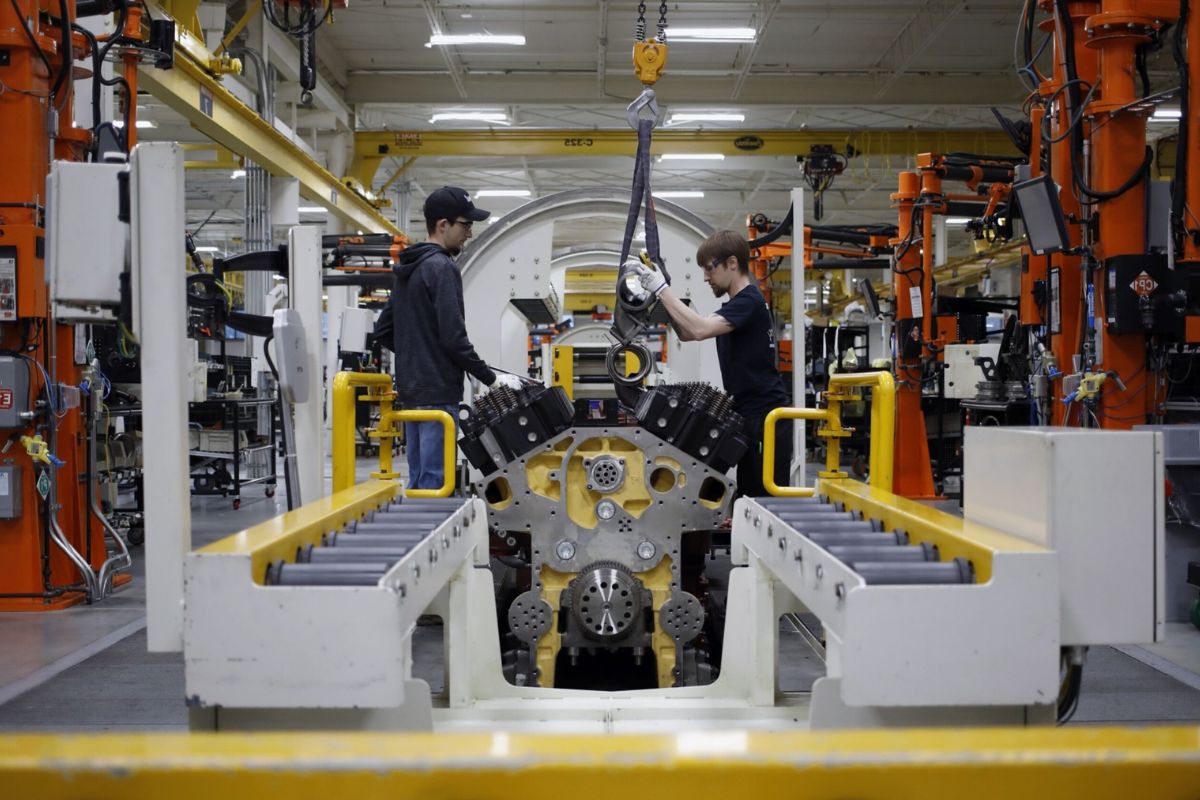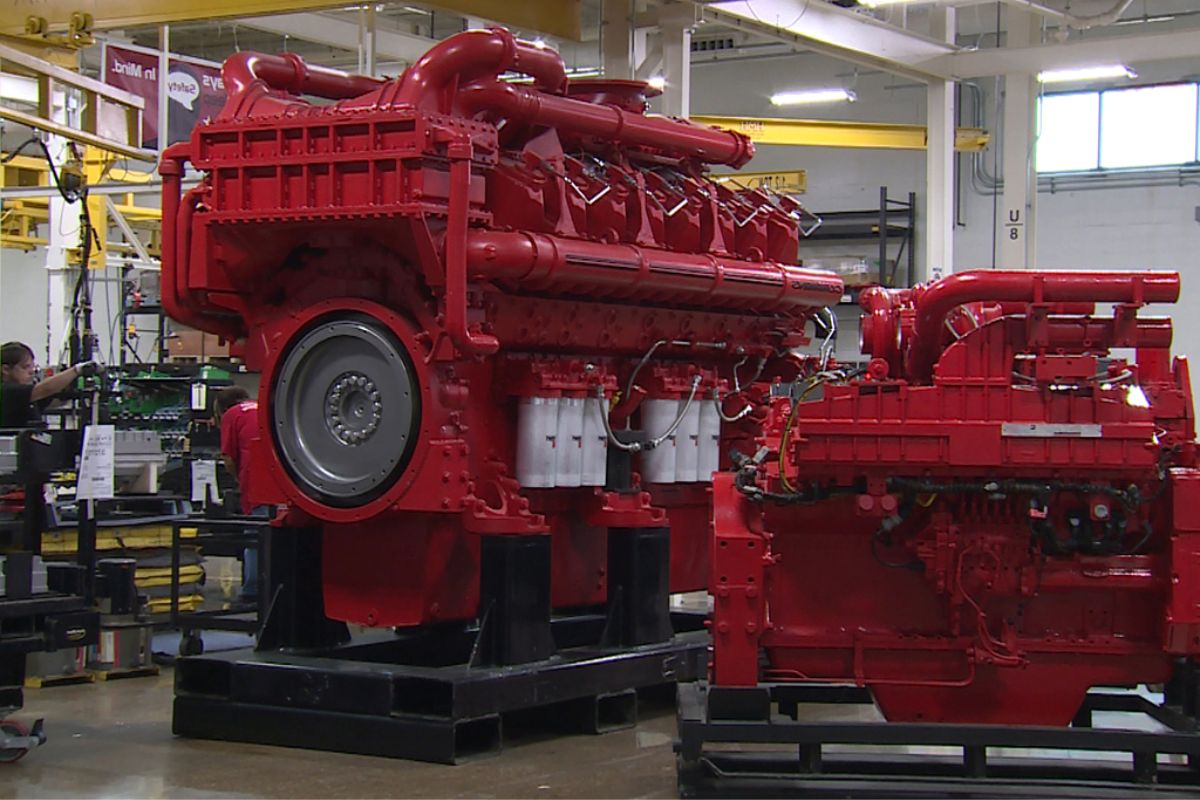Emissions Fallout: In a staggering blow to its reputation, Cummins, the renowned engine manufacturer, has recently settled a record-breaking $1.65 billion lawsuit over alleged emissions cheating. The company stands accused of employing defeat devices on its pickup truck engines, resulting in the release of thousands of tons of excess emissions into the atmosphere.
This settlement marks a significant chapter in the ongoing battle against emissions violations within the automotive industry, echoing the repercussions faced by other major players. As regulatory bodies respond to these violations with recalls and updates to compliance standards, the implications for the industry at large are far-reaching.
But what led to Cummins’ downfall, and what does this settlement mean for the future of emissions control? Stay tuned as we delve into the intricate details of this case and explore its wider implications.
Key Takeaways
- Cummins settles a $1.65 billion lawsuit over alleged emissions cheating, with $1.48 billion allocated to the federal government and $164 million to California.
- The allegations against Cummins involve the installation of defeat devices on hundreds of thousands of engines, violating the Clean Air Act.
- The alleged use of defeat devices resulted in excess nitrogen oxide emissions, contributing to air pollution, climate change, and negative health effects.
- Cummins’ settlement reflects the increasing scrutiny and legal consequences faced by automotive manufacturers for environmental non-compliance, with regulators actively holding companies accountable.
Cummins Agrees to $1.65 Billion Settlement in Emissions Lawsuit
Cummins, the truck engine manufacturer, has agreed to a historic $1.65 billion settlement in response to a lawsuit filed by the Justice Department and California, accusing the company of installing defeat devices on hundreds of thousands of engines and violating the Clean Air Act.
This landmark settlement signifies the severity of the allegations against Cummins and highlights the importance of adhering to environmental regulations. The proposed settlement, which awaits court approval, will allocate $1.48 billion to the federal government and $164 million to California.
This substantial financial penalty reflects the seriousness of the violations and serves as a deterrent to other companies considering similar actions. The agreement also serves as a reminder of the ongoing efforts to enforce environmental regulations and protect the air quality for future generations.
Cummins’ decision to settle demonstrates a willingness to take responsibility for its actions and work towards rectifying the harm caused by the alleged installation of defeat devices.
Cummins Accused of Using Defeat Devices on Pickup Truck Engines
The allegations against Cummins extend beyond the previous settlement, as the company is now accused of utilizing defeat devices on pickup truck engines to bypass emissions controls and cheat regulatory requirements. A lawsuit claims that Cummins deployed these defeat devices on 630,000 RAM 2500 and 3500 pickup truck engines from 2013 to 2019. These devices were allegedly used to cheat emissions control requirements.
Additionally, the government discovered undisclosed auxiliary emission control devices on 330,000 2019 to 2023 RAM 2500 and 3500 pickup truck engines, although they did not result in excess emissions. These accusations are serious, as they suggest a deliberate attempt by Cummins to deceive regulators and compromise environmental standards.
The company’s reputation is now under scrutiny, and it remains to be seen how it will respond to these new allegations.
Thousands of Tons of Excess Emissions and Legal Consequences
Preliminary estimates reveal the staggering environmental impact caused by the alleged use of defeat devices on Cummins’ pickup truck engines. These devices have resulted in thousands of tons of excess emissions of nitrogen oxides, a harmful pollutant that contributes to air pollution and respiratory problems. The magnitude of these emissions is truly alarming, highlighting the need for stronger regulations and enforcement in the automotive industry.
To paint a clearer picture for our audience, let’s delve into the consequences of these excess emissions:
- Environmental damage: The release of thousands of tons of nitrogen oxides has undoubtedly contributed to air pollution, exacerbating climate change and posing a threat to ecosystems and biodiversity.
- Public health risks: Nitrogen oxides are known to have detrimental effects on human health, including respiratory issues, asthma, and increased susceptibility to respiratory infections. The excess emissions from Cummins’ engines have put the well-being of communities at risk.
- Legal repercussions: Cummins’ alleged use of defeat devices has led to a record-breaking $1.65 billion settlement. This significant financial burden serves as a warning to other manufacturers that flouting emissions regulations will not go unpunished.
It is crucial that we hold companies accountable for their actions and demand stricter adherence to emissions standards to safeguard our environment and public health.
Cummins Settlement Echoes Previous Emissions Violation Cases
The recent settlement with Cummins resonates with previous high-profile cases, revealing a mounting trend of legal consequences for automotive manufacturers involved in emissions violations.
One notable parallel is Volkswagen’s $1.45 billion payment in U.S. civil penalties in 2017. In that case, Volkswagen admitted to installing defeat devices in 11 million vehicles worldwide, manipulating emissions tests through sophisticated software.
Cummins’ substantial settlement, amounting to $1.65 billion, underscores the increasing scrutiny faced by automotive manufacturers for emissions-related violations. This settlement serves as a stark reminder that environmental non-compliance comes with severe financial penalties.
It also sends a clear message that regulators are actively pursuing and holding accountable those who flout emission regulations. As such, automotive manufacturers must prioritize compliance and invest in cleaner technologies to avoid similar legal repercussions.
Regulatory Response and Industry Ramifications: Recalls and Compliance Updates
Amidst the fallout from the Cummins emissions scandal, regulatory response and industry ramifications are becoming increasingly apparent. The repercussions of this scandal extend beyond the hefty $1.65 billion settlement. Here is a snapshot of the recalls and compliance updates that are currently taking place:
- Cummins has initiated a recall of the 960,000 affected vehicles, which were found to have violated emissions standards. This recall underscores the seriousness of the issue and the need for corrective action.
- The company has also updated the emissions controls software in these vehicles to ensure compliance with regulations. This step is crucial in rectifying the emissions violations and preventing further harm to the environment.
- To incentivize swift action, Cummins faces higher penalties if at least 85% of the recalled vehicles do not receive the necessary software updates. This requirement highlights the urgency of the situation and the importance of achieving full compliance.
These recalls and compliance updates demonstrate a firm commitment to addressing the emissions scandal and its impact on the industry. It is a critical step towards rebuilding trust and ensuring a cleaner future.
Conclusion Of Emissions Fallout
Cummins’ $1.65 billion settlement in the emissions lawsuit highlights the severity of their actions and the legal consequences they now face.
The use of defeat devices on pickup truck engines resulted in thousands of tons of excess emissions, posing significant environmental and health risks.
This settlement serves as a reminder of the importance of adhering to emission regulations and the potential financial and reputational damage that companies may face for non-compliance.
Compliance updates and recalls in the industry are expected as a regulatory response to prevent future violations.
FAQs
Q1 Who made Cummins engine?
A Clessie Lyle Cummins, hailing from rural Indiana, demonstrated an early passion for engines by constructing his inaugural steam engine at the age of 11. Driven by this fervor, he departed from his family’s farm during his youth and embarked on a career as a mechanic, a move aimed at self-sustenance.
Q2 Who builds Cummins diesel engines?
A Cummins Inc., an American multinational corporation, specializes in the design, manufacturing, and distribution of engines, filtration, and power generation products.




